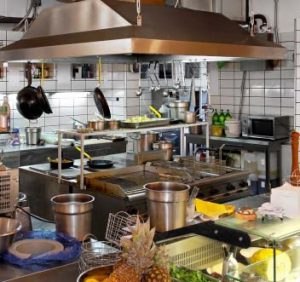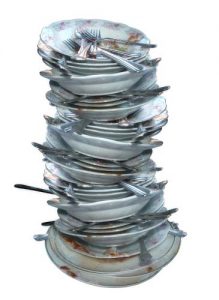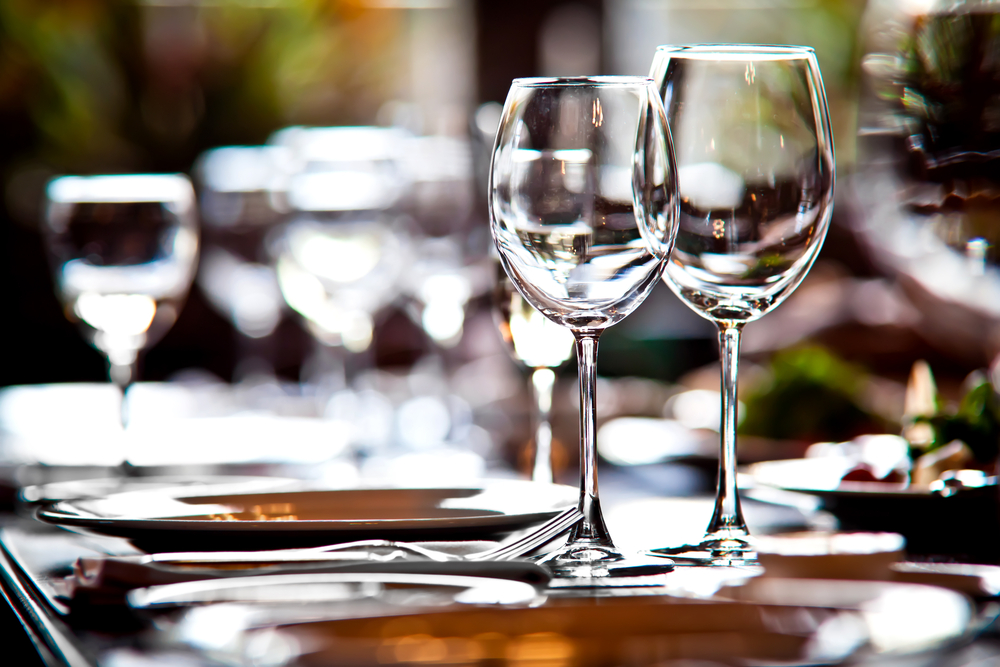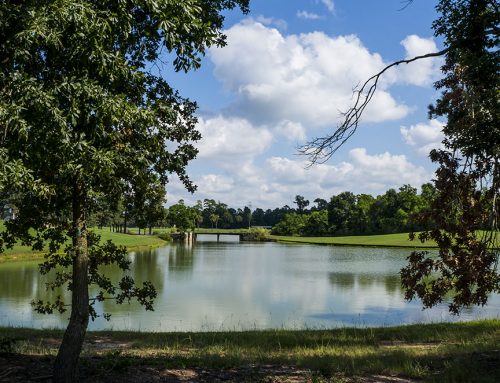 According to the NPD Group, a leading market research company, U. S. restaurant locations continue to decline due to challenging economic circumstances. Still, they number over 575,000 locations…large and small, chains and independents. During these trying times, the marginal locations – and restaurants in general – need to study every line of their financial statement for ways to save money. And because many restaurants are significant consumers of water in their day-to-day operations, a place to start is their kitchens. Water conservation measures are numerous, and traditionally, have been aimed at homeowners. But as the cost of water skyrockets and shortages around the globe multiply, more and more businesses are acquainting themselves with the efficient use of this precious resource. Not surprisingly, this includes a growing number of casual dining restaurant chains around the country.
According to the NPD Group, a leading market research company, U. S. restaurant locations continue to decline due to challenging economic circumstances. Still, they number over 575,000 locations…large and small, chains and independents. During these trying times, the marginal locations – and restaurants in general – need to study every line of their financial statement for ways to save money. And because many restaurants are significant consumers of water in their day-to-day operations, a place to start is their kitchens. Water conservation measures are numerous, and traditionally, have been aimed at homeowners. But as the cost of water skyrockets and shortages around the globe multiply, more and more businesses are acquainting themselves with the efficient use of this precious resource. Not surprisingly, this includes a growing number of casual dining restaurant chains around the country.
Another study done by the Massachusetts Water Resources Authority, put water consumption in restaurants with seating capacities ranging from 85-1500 seats (serving from 2,000 to 40,000 meals per week) at 1-13 million gallons per year, depending upon where they fall in the spectrum. Of particular note, restaurants within this scale have reported a wide range of usage…from six to twenty-nine gallons per prepared meal – numbers which trumpet a significant opportunity for more efficient water utility (Note: assuming each of America’s restaurants use 5 million gallons of water per year, this would be equivalent to all of the water in twenty Lake Conroes, with its capacity of 430,260 acre feet or 140 billion gallons).
A detailed study of eating establishments completed by the Southwest Florida Water Management District, reports that roughly 50% of water utilized in most restaurants is…as suggested above…in the kitchen area. Important conservation practices that can be employed in those thirsty kitchens include:
- Pre soaking dirty utensils and dishes in basins of water rather than rinsing with running water;
- Replacing high-volume automatic shut-off spray nozzles and faucets in the kitchen (and bar area) with low-volume nozzles;
- Installing foot-triggers for faucets in food preparation areas;
- Washing only full loads in dishwashers (and using rinse water from the dishwashers to flush garbage disposal units), and replacement of dishwasher spray heads to reduce flow. Further, less high-volume but equally important water-saving techniques around the food and drink preparation area include:
- Shutting off the continuous flow of water used to wash drain trays of the coffee/milk/ soda beverage island. Instead, clean thoroughly as needed;
- Adjusting ice machines to dispense less ice if waste is observed;
- Reducing the flow of water to dipper troughs for ice cream and butter scoops;
- Stop using running water to melt ice dumped into bar sink strainers;
- Start using water from the steam table, instead of fresh water, to wash down the cook’s area.
 Non-kitchen use can account for up to 35% of water usage in restaurants. For example, a leaking toilet can waste up to fifty gallons per day, and a leaky faucet can drip 1,000 gallons or more per week. As often required by many local building codes, conservation-minded restaurants should be vigilant about installing low-volume toilets (i.e., toilets labeled WaterSense® consume only 1.28 gallons per flush versus older models which utilized from 1.6 to 4.5 gallons per flush). This single conservation practice can save a restaurant as much as 16% of its total water use.
Non-kitchen use can account for up to 35% of water usage in restaurants. For example, a leaking toilet can waste up to fifty gallons per day, and a leaky faucet can drip 1,000 gallons or more per week. As often required by many local building codes, conservation-minded restaurants should be vigilant about installing low-volume toilets (i.e., toilets labeled WaterSense® consume only 1.28 gallons per flush versus older models which utilized from 1.6 to 4.5 gallons per flush). This single conservation practice can save a restaurant as much as 16% of its total water use.
Another important water-saving practice in restrooms involves replacing existing faucets that use as much as 2.5 gallons per minute with faucets flowing 40% less per minute. In many cases, low-flow faucet aerators can be installed without having to replace the existing faucet. Water use in toilets can also be reduced by installing toilet tank water replacement devices (i.e., toilet dams, bags or weighted bottles), and by retrofitting tank-less (flushometer) toilets with water-saving diaphragms, which save roughly 20%…or one gallon…per flush. One gallon seems like a small amount of water, but in a busy comfort station, they add up. Outside the restaurant, in the landscaping department, most diligent locations practice tried and-true techniques to keep their grounds lush and beautiful. Water-conscious groundskeepers irrigate only when needed and always early in the morning or late in the evening when loss of water due to wind and evaporation is lowest. It is important to install automatic rain shut-off devices and only use hoses with similar devices; to employ drip systems where appropriate; adjust sprinklers on a seasonal basis; avoid run-off by not watering hard-surface areas. Other water-savers include planting drought-tolerant, low maintenance plants; using the lowly broom rather than a hose to clean hard surfaces; washing company vehicles only when needed; and investigating the availability of “gray” or reclaimed water for irrigation and other approved uses…all common sense practices requiring minimal investment.
Periodic checks of the plumbing for leaks should be standard practice, and when observed, unnecessary water flows should immediately be turned off. Another important safeguard should be the comparison of current month meter readings with prior months to more quickly identify potential leaks. And the entire water system should be periodically checked for pressure readings higher than 60 psi. Where observed, install pressure-reducing valves. And shut off water-cooled AC units when not needed, or when replacement is required, exchange water-cooled units with air cooled AC systems.
Above all, restaurant managers should continuously remind their employees about the importance and benefits of water conservation. Encourage suggestions from staff and display conservation information (i.e., coloring books and pamphlets with specific messages to children) in easily accessible racks and on tables for customers to read; install highly visible signs in restrooms that promote the conservation of water to both employees and guests; and assign one employee at each restaurant location to be responsible for evaluating water conservation opportunities and effectiveness — perhaps by adopting an incentive program to increase the effectiveness of this employee in promoting water efficiency.
Restaurant chains across the country are qualifying as prudent water conservationists; saving a valuable resource for future generations, they are also improving the financial performance of their business by reducing the cost for a resource that is rapidly increasing in price.


